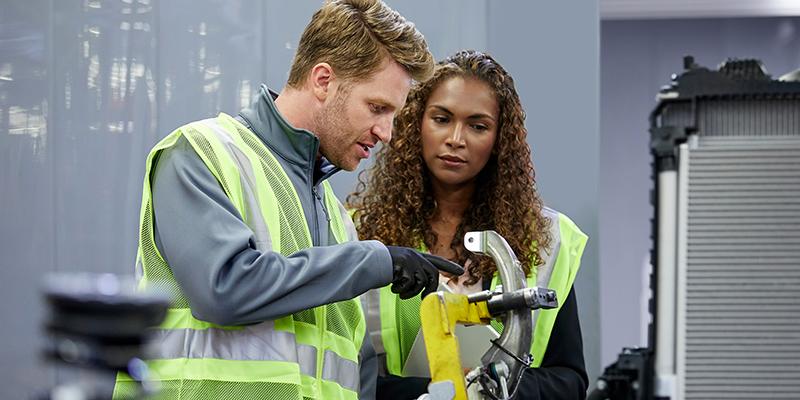Industry stakeholders are calling for better project design and management to help avoid disputes in the construction sector and when these fail – there is scope for resolution processes to be utilised more effectively, according to ‘How to get it right from the ground up’ published by law firm Russell McVeagh.
“Our research shows the same issues have continued to arise throughout the last 25 years – the key factors causing disputes are consistent internationally and remain much the same in 2019, as they were in 1994,” says Russell McVeagh Litigation partner Polly Pope.
“Discussions with industry stakeholders have deepened our understanding of mechanisms that could be adopted or strengthened to help avoid disputes, with four key areas consistently standing out for the industry to be proactively considering, debating and implementing to help solve some of these recurring issues.”
1. Design
“Procurement methods need to evolve. Where possible, finalisation of the contract should be collaborative and the preferred Contractor should be involved in the negotiation of the contract, rather than simply given concluded terms to price,” says Russell McVeagh Property and Construction partner Ed Crook.
“High quality, well developed designs and specifications should be included in the contract documents. Incomplete and/or poor quality design frequently results in the Contractor incurring delays and additional costs,” he says.
2. Project Management
Building an effective team, including strong collaborative relationships with preferred consultants and contractors, is also recommended, especially where the Principal has a significant pipeline of work.
“Providing some assurance that a Contractor will be engaged to perform a pipeline of work allows for greater investment in recruitment and training and encourages long-term co-operation,” says Crook.
High quality training of engineers is needed too, which may assist in improving standards of engineers to the contract.
“From our discussions, adopting an accreditation process is suggested as a potential fix, albeit a medium-to-long term solution that would require large-scale buy-in,” he says.
3. Dispute Resolution
In instances where the above mechanisms fail, there is scope for resolution processes to be used more efficiently, either through adjudication or Dispute Review Boards, says Pope.
“Adjudication is intended to provide a mechanism for a fast and inexpensive resolution to disputes as they arise under a construction contract. There is scope for it to be used more efficiently, by referring issues for a decision as they happen. In the right case, this can allow parties to get an answer and get on with the project.
“Dispute Review Boards are also worth considering, particularly on larger projects. This involves having a standing panel appointed at the start of the contract, which is made up of usually one or three people. They stay informed of the progress with the project and provide a means by which issues can be quickly resolved,” she says.
The survey found that over 70 percent of industry participants anticipated an increase in disputes over the following two years. The firm released the results in August last year, and has since further engaged with construction sector stakeholders and drawn comparisons with international reports to better understand mechanisms for proactively avoiding recurring issues leading to construction disputes in New Zealand.
4. Contract Forms
Despite widespread use of 3910 as a base contract, the increased use of long and complex special conditions appears to be resulting in contracts which are not understood by the parties to them, or the people responsible for administering the contracts.
“The industry would benefit from using a different standard form which all parties were happy to use without significant special conditions,” says Crook. “This could either be by way of adopting a standard form currently in use overseas, or by a (prompt) update of NZS3910.”
See the full survey here



